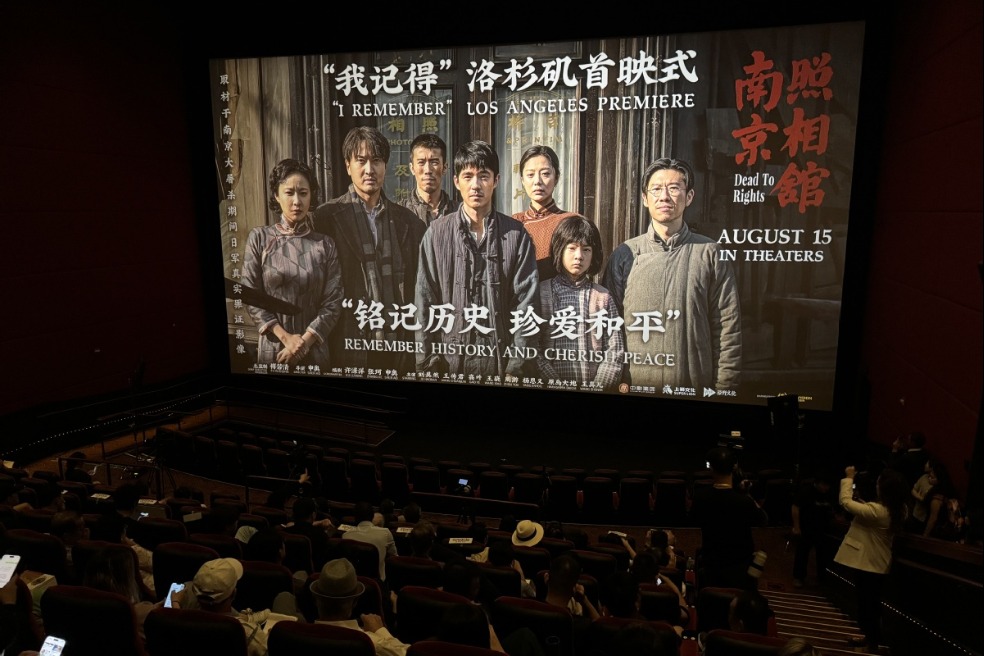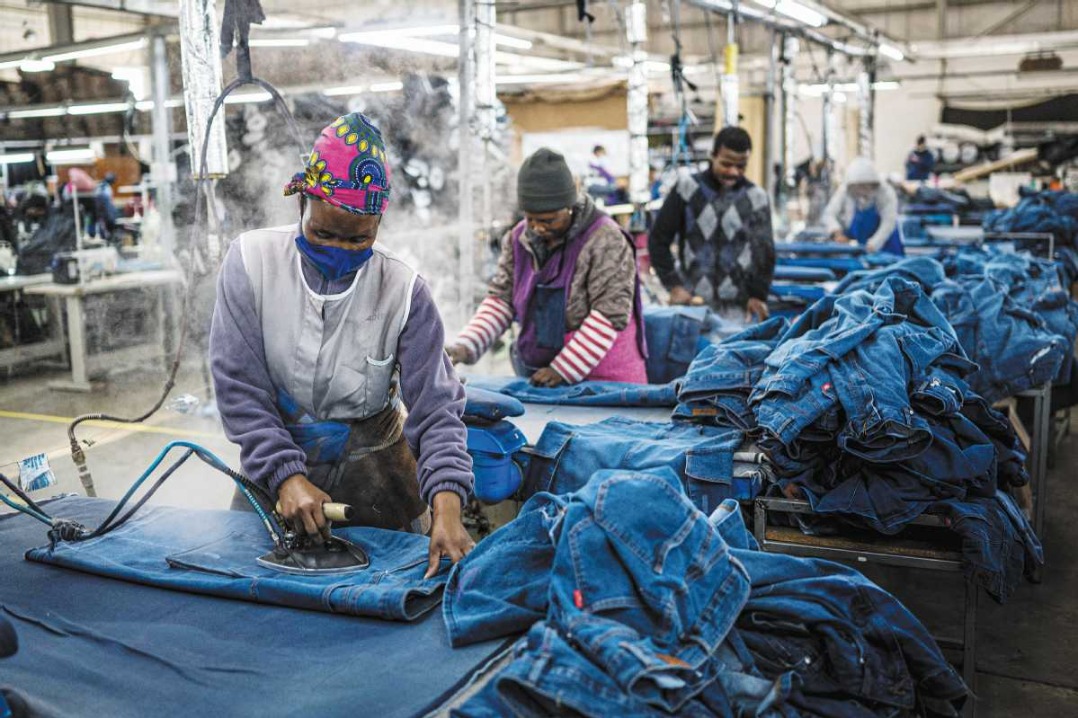Tariffs prompt Asia to rethink strategy


The United States' enforcement of steep tariffs against most of its trading partners is disrupting the global trading environment, which has pushed Asian countries to rethink their export strategy of primarily serving the US market, focus on alternative economic partnerships and move higher in the supply chain, analysts said.
US President Donald Trump's punitive tariffs took effect on Aug 7, with Asian countries slapped with duties ranging from 10 percent to as high as 50 percent. These duties are significantly higher than the Most Favored Nation rates.
"I'm a believer in the multilateral trading system, but it is dead (now)," said Alicia Garcia-Herrero, chief economist for Asia-Pacific at French investment bank Natixis. She said the US government has "killed" the Most Favored Nation rates, the "common denominator for every country".
Garcia-Herrero said the steep US tariffs have forced some countries to treat the US favorably but at the expense of other trading partners.
"Because everybody will be scrambling to survive, the system will collapse from inside," Garcia-Herrero said.
Observers have noted, for example, how members of the Association of Southeast Asian Nations, instead of negotiating as a bloc, were forced by the US to negotiate bilaterally. This resulted in a "race to the bottom", with individual ASEAN nations offering duty-free access to the US and committing to buy US aircraft and energy in exchange for reduced tariffs.
"Every country has actually paid a fairly high price for entering into a deal with the US," said Amitendu Palit, a senior research fellow for the Institute of South Asian Studies at the National University of Singapore. And yet, Asian countries continue to get charged with tariffs and don't have full access to the US market.
Palit also expects the latest US tariffs to lead to a more fragmented global trading system. This is because supply chains will become increasingly complicated due to different sets of tariffs — country-specific tariffs, Section 232 tariffs, and transshipment tariffs — that the US has imposed on its trading partners.
Palit said it would be "extremely difficult" for supply chain managers to understand how much tariff would eventually get charged on certain products and what would be the best route of bringing these products into the US market.
Lakhvinder Singh, director of peace and security studies at The Asia Institute, a think tank in South Korea, said in order to counter the pressures of higher US tariffs, countries like India "will likely be compelled to move up the value chain in sectors that are less tariff-sensitive" such as critical minerals processing, specialty chemicals, and industrial software.
Tightly interlinked
Singh said Asian supply chains are "tightly interlinked", which is why tariffs imposed on one economy tend to "leak back" through intermediate-goods trade to suppliers in the Southeast Asian region, South Korea and India.
He said Asian companies can mitigate this risk by diversification — reaching out to the European Union, the Middle East, and intra-Asia while also placing last-mile assembly in Latin America, notably Mexico, to navigate rules-of-origin and keep US market access viable.
Analysts said that global economic partnerships such as BRICS and free trade agreements like the Regional Comprehensive Economic Partnership have an increasingly important role to play as Asian economies need to diversify on the back of rising US protectionism.
Palit said BRICS members "offer between themselves large opportunities for exchanging with each other in terms of the products which earlier used to be focused largely on the American market".
He has also envisioned the rise of more multicountry coalitions and regional frameworks like the ASEAN Plus framework, as they will create more opportunities for diversification.
Singh said a stronger role by partnerships like BRICS is the "urgent need of the hour". For example, the New Development Bank, established by BRICS, can be leveraged to fund cross-border logistics, industrial parks, and energy corridors linking Asia, the Middle East, and Africa. This will open up alternative, non-US demand corridors and absorb potential trade shocks brought by US tariffs, Singh added.
"This is not a wholesale decoupling: US tariffs will reprice access rather than sever it," Singh said.
Yang Han in Hong Kong contributed to this story.
prime@chinadailyapac.com

































